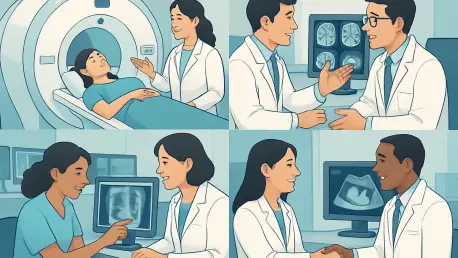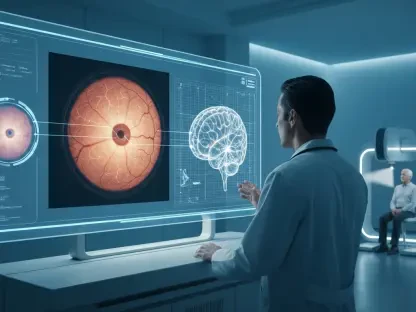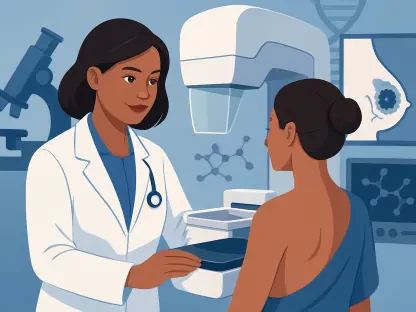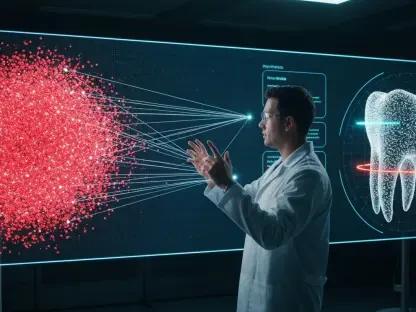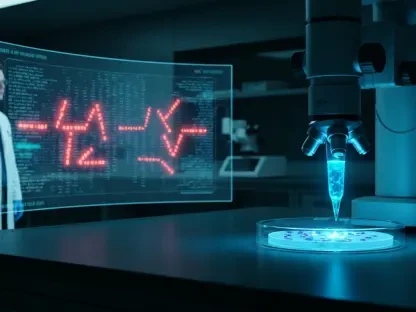In the rapidly evolving field of biomedical imaging, where cutting-edge technology meets the urgent demands of medical research, success often hinges on more than just technical expertise. Consider the challenge faced by many scientists transitioning from academic labs to industry roles: how does one navigate a career path that demands not only precision in research but also the ability to connect, communicate, and collaborate effectively? This is a question that resonates deeply in the story of a biomedical imaging alumnus whose career exemplifies the transformative power of interpersonal skills. From postdoctoral research to a strategic position in industry, this journey reveals a critical truth about modern scientific careers. It underscores how soft skills can often outweigh technical prowess in shaping long-term success, offering a compelling narrative for aspiring professionals in the field.
From Academia to Industry: A Career Evolution
Early Foundations in Research and Technical Expertise
The path to a thriving career in biomedical imaging often begins with a strong foundation in technical skills, as seen in the early academic pursuits of this alumnus. With a PhD from the University of South Alabama, the focus was on biophotonics and optics, delving into innovative methods like detecting cancerous cells using light-based technology. This period was marked by hands-on achievements, including the construction of a microscope, which highlighted a deep understanding of the tools central to the field. However, while technical proficiency formed the bedrock of this journey, it soon became evident that other competencies would be necessary to navigate the broader landscape of scientific careers. The academic environment provided a space to hone specialized knowledge, but it was the subsequent steps that revealed the limitations of relying solely on such expertise in a competitive and collaborative industry.
Transitioning Through Mentorship and Exploration
A pivotal shift occurred during postdoctoral work at the Morgridge Institute for Research, under the mentorship of Melissa Skala. Here, the research centered on fluorescence lifetime imaging to study drug reactions on lab-grown organoids, a fascinating intersection of technology and medical application. Yet, what truly stood out was the freedom to explore diverse career paths without being confined to a single trajectory. Skala’s guidance fostered an environment where casual interactions over coffee often sparked meaningful scientific discussions, subtly building interpersonal strengths. This phase was crucial, as it allowed for a reassessment of personal strengths, revealing a preference for teaching and collaboration over the minutiae of bench science. Such self-awareness became a guiding factor in seeking roles beyond traditional research, marking the beginning of a significant transition from academia to more strategic positions in industry.
The Power of Soft Skills in Professional Growth
Collaboration as a Catalyst for Success
As career paths diverged from the lab bench to broader roles, the importance of collaboration emerged as a cornerstone of professional growth in biomedical imaging. In the current role as North American business development manager for cancer research at Zeiss Microscopy, the emphasis on teamwork is evident in responsibilities like product launches. These initiatives require aligning multiple stakeholders, from researchers to marketing teams, to position microscopy products effectively. The satisfaction derived from these collaborative efforts underscores how interpersonal skills can amplify technical knowledge, creating impactful outcomes in the industry. This role, which evolved from a product marketing manager position for the Lattice line of microscopes, demonstrates that building relationships and fostering dialogue are often as critical as understanding the intricacies of the technology itself.
Communication and Networking as Career Differentiators
Beyond collaboration, the ability to communicate effectively and build a robust network has proven to be a differentiator in navigating the complexities of scientific careers. In client-facing and strategic positions, presenting research or ideas is not merely about showcasing data but also about marketing oneself to peers and industry leaders. This alumnus often advises graduate students to recognize that every interaction is an opportunity to establish credibility and forge connections. The skills of articulating complex concepts in accessible ways and engaging with diverse audiences have been instrumental in securing roles that demand both technical insight and personal rapport. Reflecting on past experiences at Morgridge, where informal discussions shaped professional growth, it’s clear that networking isn’t just a supplementary skill but a fundamental asset that transcends the boundaries of academia and industry alike.
Reflecting on a Path of Adaptation and Insight
Lessons Learned Through Career Shifts
Looking back on this remarkable trajectory, the career shifts from postdoctoral scholar to industry leader at Zeiss Microscopy revealed a profound lesson about the balance between technical and interpersonal skills. Each role, from directing an optical core at UW-Madison to a brief stint as a scientist at Stem Pharm, reflected a growing realization that success in scientific fields often demanded more than lab expertise. The mentorship received during formative years at Morgridge played a pivotal role, embedding a culture of collaboration that proved invaluable in later strategic positions. These transitions highlighted a recurring theme: adaptability was key to overcoming self-doubt about bench skills and finding a niche where personal strengths in teaching and relationship-building could shine.
Future Implications for Aspiring Scientists
Reflecting on these experiences offers actionable guidance for the next generation of scientists in biomedical imaging. The emphasis on soft skills suggests that aspiring professionals should prioritize developing communication and networking abilities alongside their technical training. Seeking mentorship and environments that encourage open dialogue can lay the groundwork for versatile career paths. Additionally, recognizing one’s unique strengths and aligning them with professional opportunities can lead to fulfilling roles beyond traditional research. As the field continues to evolve, integrating these interpersonal competencies will likely become even more essential, ensuring that scientists are not only innovators but also effective collaborators and communicators in an increasingly interconnected industry.
